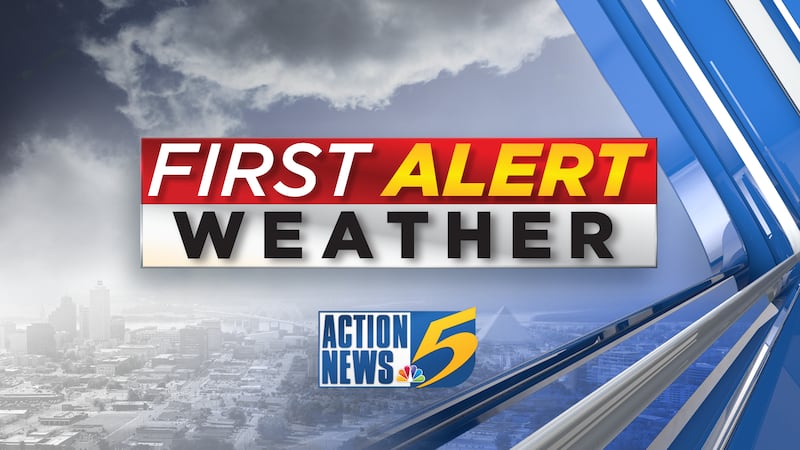Why shifting to an El Niño Oscillation can cause us to experience a more active winter season

MEMPHIS, Tenn. (WMC) - There are two phases concerning the climate pattern across the Tropical Pacific ocean. Depending on what phase is ongoing can impact the overall seasonal conditions, especially winter, in the United States. After being in La Niña conditions since the end of 2020, this past summer El Niño was officially in effect. So, how does this impact you?
Let’s start with defining how we know what phase we’re currently in.
El Niño, being the warm phase, and La Niña, being the cool phase, shift back and forth every two to seven years. Starting off with what we had been in, La Niña. This is when we see below average sea surface temperatures and strong trade winds within the Tropical Pacific. This phase will lead to less wind shear, which is winds changing in direction or speed as you go up in the atmosphere, this in turn makes better ingredients for hurricane formation along the Caribbean and Gulf Coast. This phase also supports a warmer Winter season for the Southern United States.

Now, temperatures in this area have shifted to above average. The El Niño phase amplifies wind shear with the Caribbean and Gulf, which is where we watch tropical systems to form that could impact the Eastern Unites States, therefore encouraging a less active hurricane season. Other than hurricane season, the phases can heavily impact our Winter season.

How does this impact the Mid-South’s Winter season?
To start with, it can impact the amount of precipitation we see. Here in the Mid-South we are on the border of a drier or wetter pattern. So, our Winter season can go either way. During an El Niño winter the pacific jet streak is extended and systems are pushed along this to continually track across the Southern half of the United States. This in turn allows for a wetter Winter season in this region.
Looking at first few weeks of January we are beginning to track a more active pattern with systems pushing through the Mid-South every three to four days. It seems as of now we may be leaning on the wetter than normal pattern of our Winter season.

When it comes to temperatures we are once again sandwiched between the impacts. A good portion of the central United States during El Niño winters experiences around average temperatures.

The stronger the El Niño phase is the greater the impacts it can have on the Winter season.
As always stick here with the Action News 5 First Alert Weather Team for the latest updates and forecast.
Maggye McCallie – First Alert Meteorologist
FACEBOOK: Meteorologist Maggye McCallie
TWITTER: @MaggyeJoWX
Click here to sign up for our newsletter!
Click here to report a spelling or grammar error. Please include the headline.
Copyright 2024 WMC. All rights reserved.








